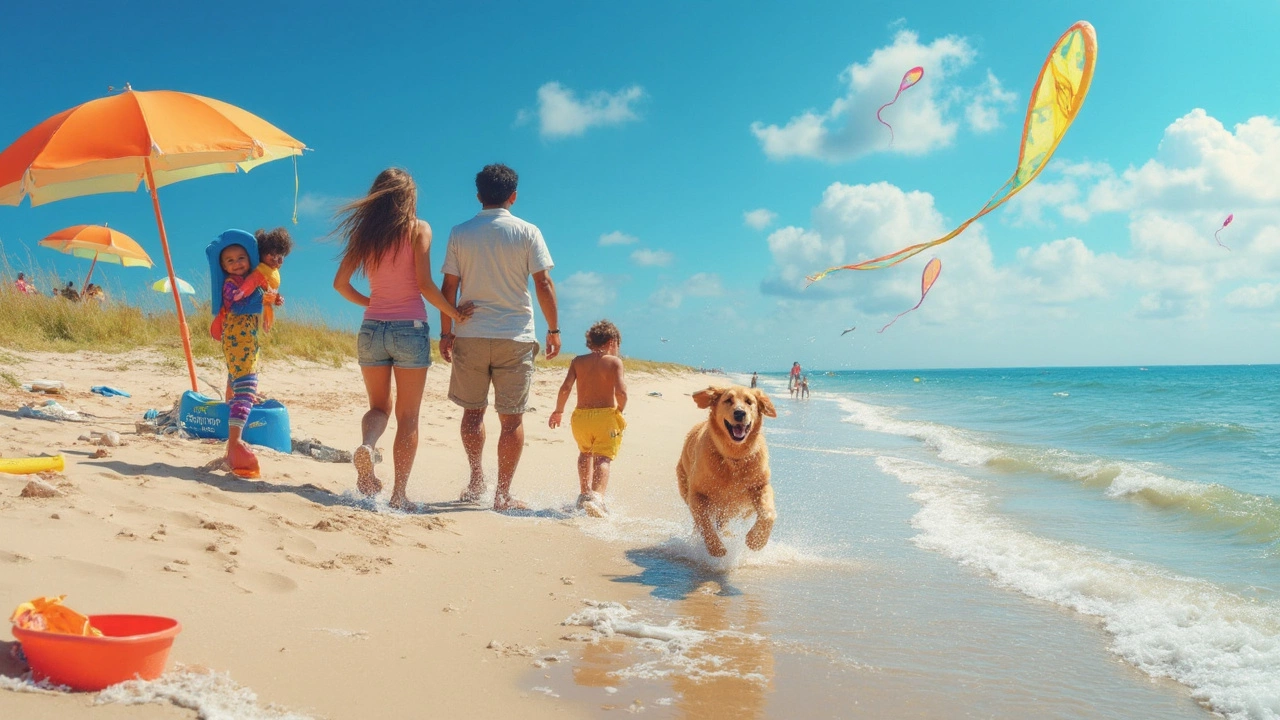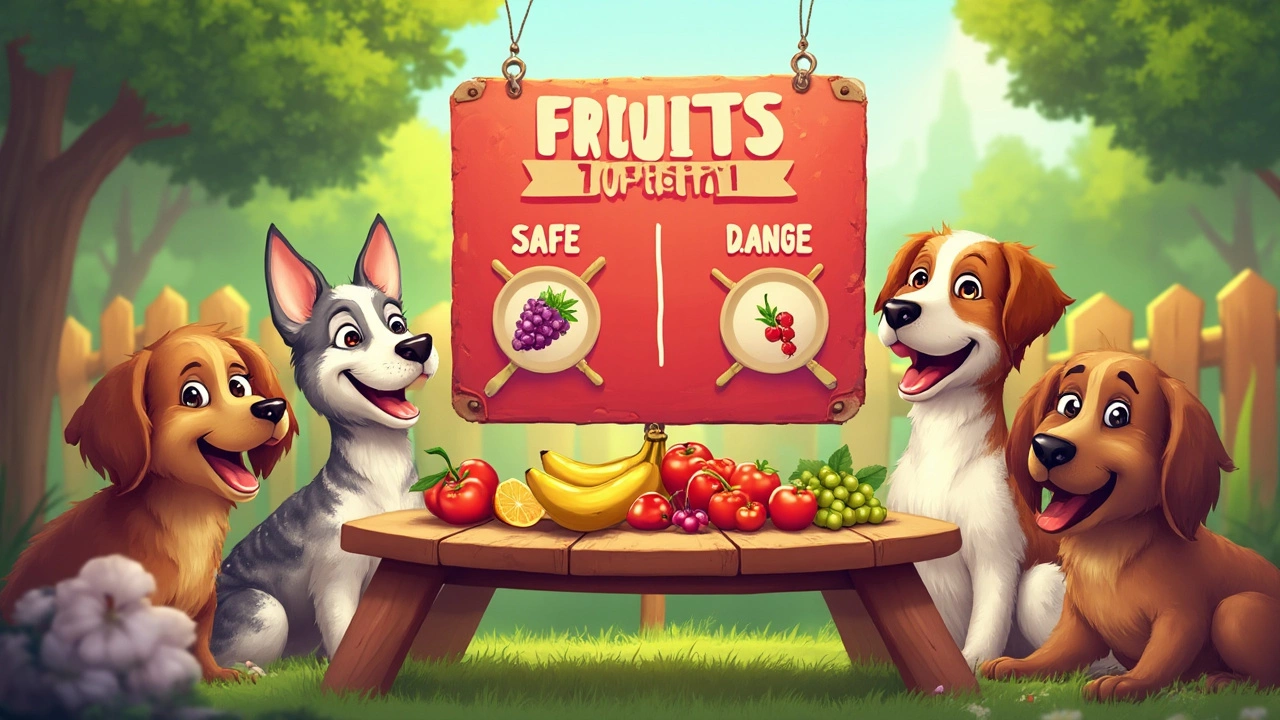Dogs: Essential Tips for Care, Training, Travel, and Grooming
If you own a dog, you know the daily hustle – walks, meals, playtime, and the occasional mess. The good news is that most of the challenges have simple fixes. Below you’ll find straight‑forward advice that works for puppies and adult dogs alike. No fluff, just real steps to keep your pup healthy and happy.
Everyday Care and Health
Start with a solid routine. Feed your dog at the same times each day, using a balanced diet that matches their size and activity level. Most vets say a steady feeding schedule helps digestion and reduces bathroom accidents. Pair meals with a short walk or play session; the movement stimulates appetite and burns extra energy.
Regular vet check‑ups are a must, even if your dog seems fine. A quick physical exam, vaccination update, and dental cleaning can prevent bigger problems later. Keep a record of flea, tick, and heartworm meds – a handy spreadsheet or phone note works well.
Exercise doesn’t have to be a marathon. A 20‑minute walk, a game of fetch, or a quick indoor romp can satisfy most breeds. Watch your dog’s body language; if they’re panting heavily or lagging behind, it’s time to slow down. Consistency beats intensity when you’re building a lifelong habit.
Traveling and Grooming Made Easy
Planning a trip? Check airline policies early – many allow small dogs in the cabin if the carrier fits under the seat. If cargo is the only option, research the airline’s temperature controls and handling procedures. Pack a travel kit: water bowl, treats, a favorite toy, and a copy of health records.
When you’re at home, grooming can be a bonding moment. Brush your dog weekly to avoid mats and reduce shedding. For short‑haired breeds, a quick brush with a rubber glove does the trick. Long‑haired dogs may need a professional trim every 8‑12 weeks; meanwhile, a daily brush keeps tangles at bay.Bath time doesn’t have to be a battle. Use lukewarm water and a mild dog shampoo. Start with the paws, work up to the back, and finish with a gentle rinse. Towel‑dry or use a low‑heat dryer; many dogs tolerate the sound if you keep it short and calm.
Training is the glue that holds everything together. Basic commands – sit, stay, come – can be taught in short 5‑minute sessions a few times a day. Positive reinforcement works best: a treat or praise right after the correct response cements the behavior. Keep sessions fun and end on a positive note to avoid frustration.
Remember, every dog is different. What works for a high‑energy border collie might not suit a laid‑back bulldog. Pay attention to your pup’s cues and adjust the plan as needed. With a clear routine, regular health checks, and simple grooming habits, you’ll enjoy more wagging tails and fewer stressful moments.
Got a question about a specific issue? Browse our other posts for deeper dives on puppy costs, airline cargo safety, or why dogs stretch when you walk in. We’ve gathered the most practical tips so you can focus on the fun part – being a dog’s best friend.

Are Protein Shakes Bad for Dogs? What Every Owner Should Know
Can dogs have protein shakes, or could it make them sick? This article digs into why people consider giving dogs protein supplements and whether that's really safe. Find out what happens when dogs eat human protein powders, why some ingredients are risky, and when a dog might actually need a protein boost. Get straight-up advice on healthier alternatives and practical tips for active and older dogs. Avoid common mistakes and keep your dog feeling good.
read more
Can Dogs Go on Outer Banks Beaches? Your Guide to Dog-Friendly Shores
Planning a trip to the Outer Banks and want to bring your dog along? This article breaks down the specific beach regulations across major OBX towns, shares leash requirements, and uncovers the best spots and tips for dog lovers. Get informed on local rules to make sure your dog has a fun (and legal) beach experience. We’ll also talk about when to go, what to pack for your pup, and how to keep them safe and happy by the shore. If your dog loves the sand and surf, this is your must-read handbook.
read more
What Fruits Are Unsafe for Dogs to Eat?
Ever wondered which fruits are off-limits for your furry friend? While many fruits are healthy for dogs, some can cause serious harm. This article uncovers the fruits that should never find their way into your dog's diet. Learn what makes these fruits dangerous and how to keep your canine companion safe. Stay informed and ensure your dog stays happy and healthy.
read more
Are Blueberries Good for Dogs?
Blueberries are not only delicious for humans, but they can also be a great snack for dogs. Packed with vitamins and antioxidants, they offer health benefits for our furry friends. However, it's essential to serve them in moderation and understand how they fit into a dog's diet. This article explores the pros and cons of including blueberries in your dog's meals, along with practical tips on how to serve them safely.
read more
Should Dogs Sleep Without a Collar?
Many dog owners wonder if their furry friend should sleep with their collar on or off. This question touches on safety, comfort, and practicality aspects of pet care. Learn about the potential risks and benefits of letting your dog sleep without a collar, as well as expert tips to ensure your pet's comfort and safety. This article provides insights into the practices and recommendations that can guide you in making the best decision for your canine companion.
read more



